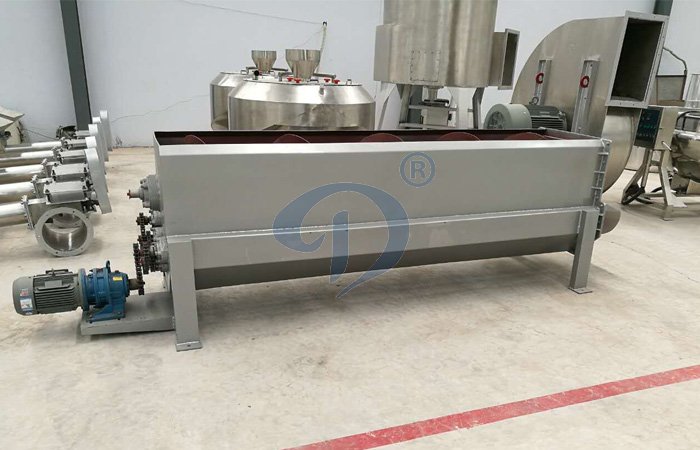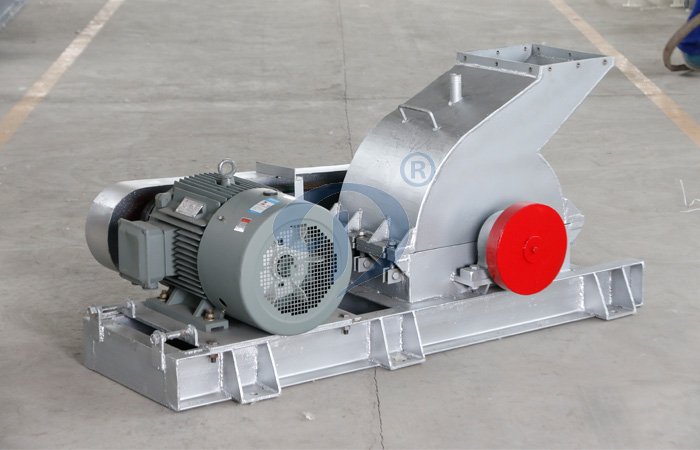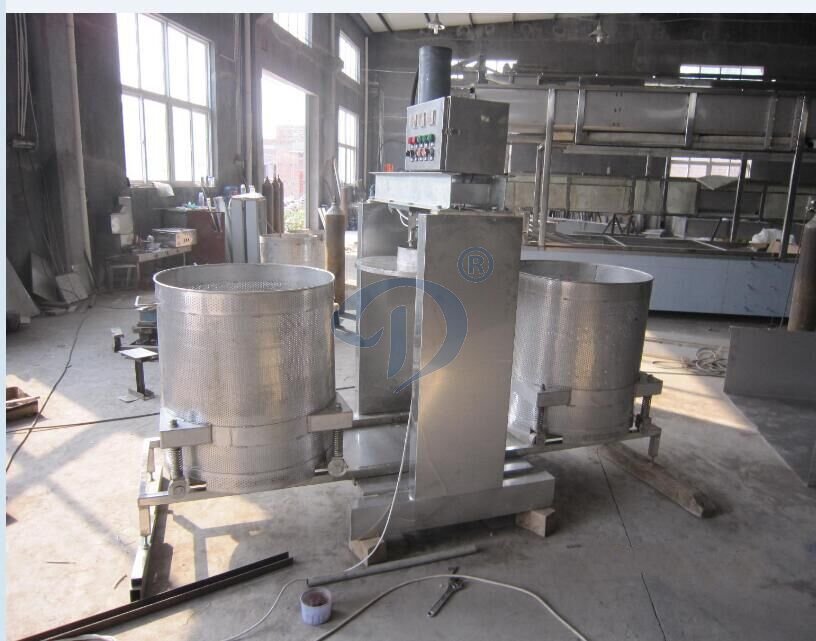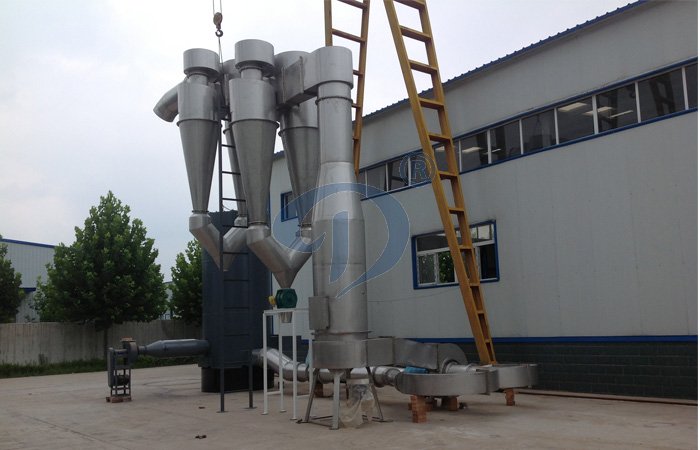What are garri production processes?
Cassava is a major staple crop in Nigeria, as cassava itself and its product are found in the daily meals of Nigerians. Currently, cassava crop is undergoing a transition from a mere subsistent crop found on the field of peasants to a commercial crop that will be grown in large quantities in plantations. This expansion of Cassava production is attributed to the discovery of cassava as a cheap source of edible carbohydrate that could be processed into different forms of human delicacies and animal feeds. Many small farmers choose to produce cassava roots to garri, garri production processes are easy.
Following are introduction of garri production processes:
1. Sorting: After harvesting, some roots may be damaged or rotten. These are sorted to select the wholesome roots for processing; only healthy roots (without rot or other damage) should be processed.

Cassava washing machine
2. Peeling and washing: Peeling process is very important during garri production processes. Freshly harvested cassava roots are covered with soil and dirt and. The roots are peeled to remove the outer brown skin and inner thick cream layer and washed to remove stains and dirt. The water source should be checked regularly to ensure it is not dirty or contaminated.

Cassava grating
3. Grating: As part of the process to remove the cyanide and make the root safe to eat, the peeled cassava are grated into a mash or pulp. Mechanized graters are needed to produce a sufficient quantity of cassava mash to meet market demands and standards.

Dewatering and fermenting
4. Dewatering and fermenting: This completes the process of removing cyanide from the cassava mash. The water content in the mash is reduced using hydraulic press. The bags are then left to drain and ferment for a few days.
5. Granulating: The cake is mechanically reduced in size to produce fine granules of greater surface area – known as grits.

Roasting
6. Roasting (Frying): The grits are then roasted or fryed in a hot frying tray or pan to form the final dry and crispy product. Garri is normally white or cream, but will be yellow when made from yellow cassava roots or when fried with palm oil. It is important to make sure the taste and smell is acceptable to local consumers. Yellow cassava roots and palm oil are rich in vitamin A and therefore make nutritious garri. The roasted garri are spread on a raised platform in the open air to cool and dry.
7. Sieving: The Garri is sieved to separate coarse particles, with a standard size sieve to produce fine granules. A grinder is used to break the large granules into smaller ones. The
8. Packaging: The garri are weighed and then packed for marketing.
If you are interested in our garri production machine,weclome to contact us,and our engineer will give you a feasibility program about your garri business,




